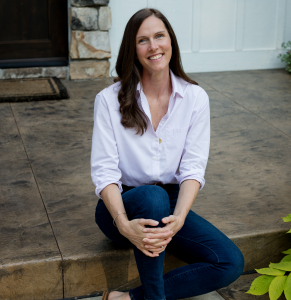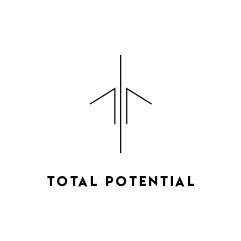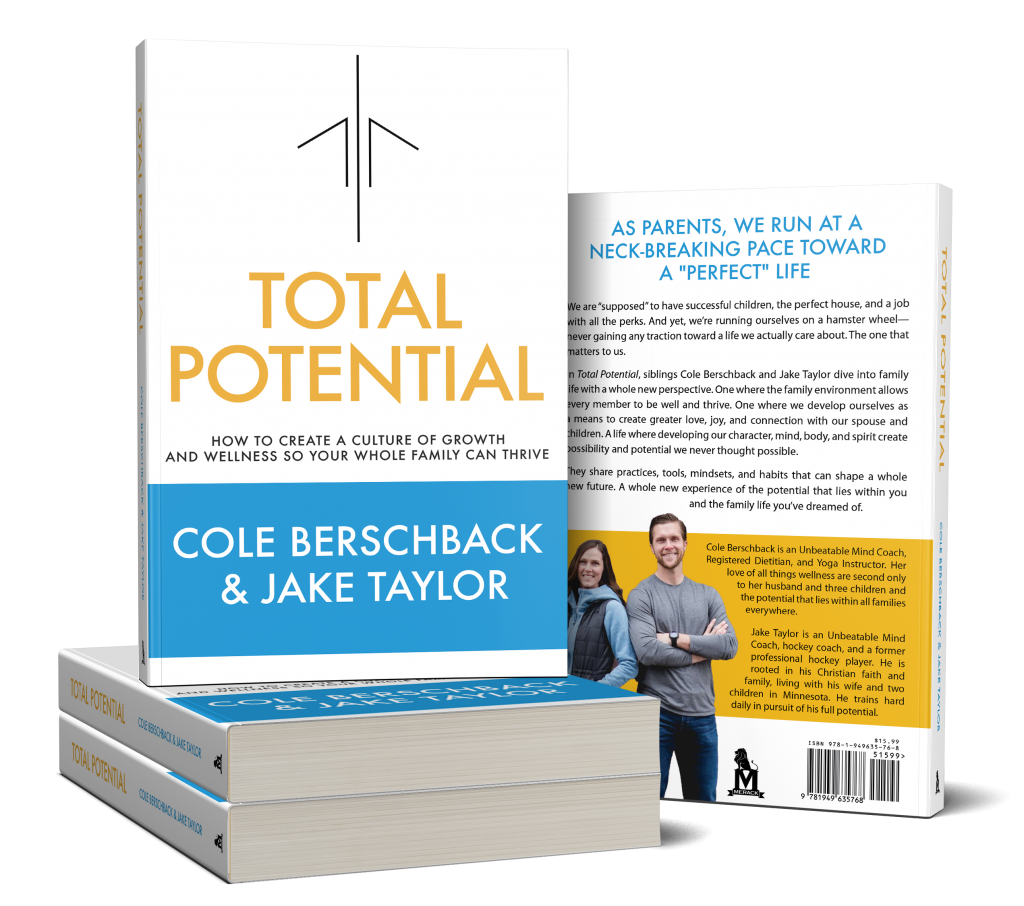The first time I sat in meditation, it was a weird experience, to say the least. In the thick of raising babies and toddlers, I finally had the few moments to myself that I often dreamed of. Only instead of peace, I found myself a fidgety mess, wishing the whole thing would just be over already. Indeed, beginning meditation practice feels foreign to our busy bodies and minds. In fact, sitting with our ping pong like thoughts can be quite uncomfortable, if not intimidating.
Years into practice, I still sometimes experience those moments. Yet, this simple and profound practice has changed every fiber of my being. It allows me to be the calm, connected, patient, and responsive. This practice has expanded my spiritual connection, highlighted mental patterning to improve upon, and been a go-to practice to calm my physiology (for example, lower my heart rate when I get nervous). It has been and continues to be worth every fidgety moment.
Beginning Meditation Practice
Beginning meditation is just five simple steps away!
-
Take a Seat
-
Breathe
-
Concentrate
-
Notice
-
Commit
Let’s get started…
Step 1: Take a Seat
Begin by sitting upright
Sit on the floor with legs crossed, on the edge of a chair or meditation bench. Sit comfortably enough that your body position is not a distraction.
Aim to sit tall
When the spine is long, the core is active and energy flows through the spinal column. Allow palms to rest gently on thighs or knees.
Welcome to your breath practice position.
Tips:
Sit on a bolster or blanket if hips are tight or flexibility is limited.
Visualize a thread being pulled through the crown of the head to lengthen the spine. A small tuck of the tailbone can also help.
Step 2: Breathe
Full, Deep Breaths
Regardless of the pattern of breath, the goal will always be to fill the lungs fully. Feel the diagram expand. Allow core muscles to soften on inhale and engage to assist exhale. Aim to feel air move though the nostrils.
Patterns
- Centering: Match length of inhale and exhale (consider 5 seconds for each to start).
- Calming: brief inhale with twice as long exhale. Example: 5 second inhale, 10 second exhale.
- Energizing: quick inhale and exhale (still full breath, though)
There are many more but these are awesome patterns to start with!
Step 3: Concentrate
Focus on breath
Begin to breathe deeply. How does the breath feel entering and leaving the lungs? Can you feel the diaphragm expand and contract? How soft can the edges of the breath be (the brief moment between inhale and exhale)? There are a million things to notice with the breath. See how closely you can watch and feel it.
Patterns of breathing can also be a point of concentration. Counting along with the seconds of inhale and exhale is a point of concentration. When the mind leaves that focus point, simply bring it back to the count.
Use Mantra
Using words as a point of focus is another great way to build concentration power. Prayer is a mantra. A positive statement like “I am healthier and better every day” is mantra. Repeating one word like “Om” is mantra. Pick something that resonates with you.
Pick an Object
Light a candle and focus on the flame. Look at a favorite picture. Use a religious item that resonates with you like a cross or holy book. Stabilizing attention on the object is concentration.
Tips:
The idea is to use your attention to stay focused on the object of concentration. The awesome thing that will absolutely happen is that your attention will drift from this object and when you notice the attention shift, you can recognize it! Boom.
You might begin to notice a certain type of thought (judgement, fear, etc). Notice it and return to your object of concentration. As we begin to be able to watch our thoughts instead of be our thoughts, major shifts can happen.
Step 4: Notice
You will see…
As we refine our ability to concentrate, we begin to build our ability to witness what is happening in our own mind and body.
We can begin to recognize patterns of thought. We can recognize the story of who we were raised to be and how that compares to who we really are. Instead of being our stream of thoughts (which we have more than 50,000 thoughts per day), we see our thoughts for what they really are.
We can examine thoughts without being attached to the thought or emotion behind it. Being able to witness thought is serious business. Like life changing business.
A big misconception here is that the goal is to become thoughtless. We are the most intelligent beings on earth – if the hope is to become thoughtless, what a waste of our creation. The hope is not to be thoughtless but curious about our thoughts. In control of thoughts. Unattached to thoughts.
You also might begin to experience space between thoughts. For example, you may be repeating a mantra and then notice for a brief moment you were not repeating the mantra or thinking about anything else. Of course, once you notice this, you are again thinking. But that’s okay!
Space between thought contains so much information that we suck up like a vacuum. No need for processing or interpretation. It is universal intelligence, God, whatever you want to call it. It is the awesome sauce of daily practice.
Wherever you are, meet yourself there. If you are just getting started, great! If you have practiced for years but hit a roadblock, no problem.
Breath practice isn’t a pass or fail activity. We aren’t winning medals. We are steadily connecting to ourselves in the highest form.
Step 5: Commit
Daily Practice
The final step in beginning meditation is to practice regularly. It may be for a few minutes before you shower. It might be the first five minutes at work before the day really starts.
If mornings are rushed, maybe practice becomes part of your bedtime routine.
Beginning meditation practice will take…practice. Inevitably, the sweetness of practice might pull you to longer practices. It won’t be long before an airplane ride seems like a gift: 3 hours to practice with nowhere to go!
Yes, breath practice makes our days calmer and more connected, but it is also a powerhouse practice – a step into the deep work that allows us to bring our best, most authentic self to the surface.
Let them see
Daily practices of health and wellness are critical for our children to see. Modeling such behavior is a lesson they carry with them. It has been thrilling to see my kids invent their own breath practices to help fall asleep at night or chill out before a test at school.
These five steps to beginning meditation are game changers. Ready to feel calmer and more focused every day? This practice will help. Anxious to connect to the deeper purpose of your life? This practice will shine a light on the path ahead. Can’t wait to see what it holds for you!

Cole Bershback
Cole is a wife and mom of three. As a Registered Dietitian, certified yoga instructor, and Unbeatable Mind Coach, she has committed her life to wellness and the pursuit of our highest potential. If grit and love had a child, it would be Cole Bershback.



